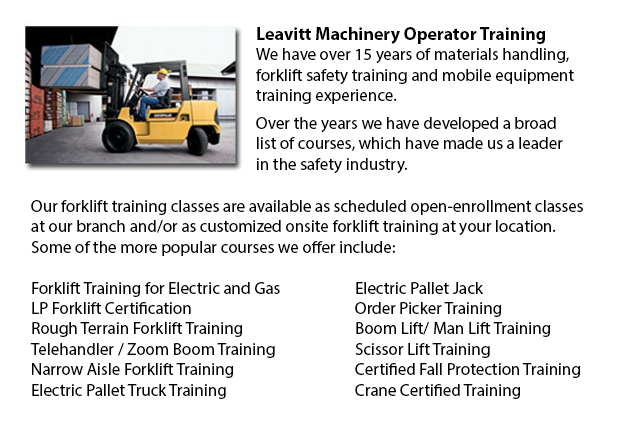
Aerial Lift Training London - Aerial jacks can accommodate numerous duties involving high and tricky reaching spaces. Normally used to carry out routine upkeep in buildings with high ceilings, trim tree branches, raise heavy shelving units or repair telephone lines. A ladder might also be utilized for many of the aforementioned tasks, although aerial hoists provide more security and stability when correctly used.
There are a lot of designs of aerial platform lifts available on the market depending on what the task required involves. Painters sometimes use scissor aerial hoists for instance, which are classified as mobile scaffolding, useful in painting trim and reaching the 2nd story and above on buildings. The scissor aerial hoists use criss-cross braces to stretch and lengthen upwards. There is a table attached to the top of the braces that rises simultaneously as the criss-cross braces lift.
Cherry pickers and bucket lift trucks are a further type of the aerial lift. Usually, they possess a bucket at the end of a long arm and as the arm unfolds, the attached bucket platform rises. Lift trucks utilize a pronged arm that rises upwards as the handle is moved. Boom lift trucks have a hydraulic arm that extends outward and elevates the platform. All of these aerial hoists have need of special training to operate.
Through the Occupational Safety & Health Association, also called OSHA, instruction courses are offered to help make certain the employees meet occupational values for safety, system operation, inspection and repair and machine cargo capacities. Workforce receive qualifications upon completion of the lessons and only OSHA certified employees should run aerial lift trucks. The Occupational Safety & Health Organization has developed guidelines to maintain safety and prevent injury while using aerial hoists. Common sense rules such as not utilizing this machine to give rides and ensuring all tires on aerial lift trucks are braced so as to hinder machine tipping are mentioned within the rules.
Regrettably, figures illustrate that more than 20 operators die each year while operating aerial lifts and 8% of those are commercial painters. Most of these accidents are due to improper tire bracing and the hoist falling over; for that reason several of these deaths were preventable. Operators should make sure that all wheels are locked and braces as a critical security precaution to stop the instrument from toppling over.
Additional suggestions include marking the encircling area of the device in an observable way to protect passers-by and to guarantee they do not come too close to the operating machine. It is vital to ensure that there are also 10 feet of clearance amid any power lines and the aerial hoist. Operators of this apparatus are also highly recommended to always wear the proper security harness when up in the air.
-
Pallet Stackers
Pallet Stackers Training London - Pallet stackers are a kind of pallet jack that might be used to stack, transport and lift goods placed on a pallet that are far too burdensome for manual lifting. Generally these mechanisms are utilized to load and u... More -
Crown Forklift
More -
Scissor Pallet Trucks
Scissor Pallet Truck Training London - Scissor pallet trucks are built for transporting and raising separately stacked pallets by integrating a lifting mechanism that enables the pallets on the vehicle to be elevated. This equipment is a first-rate i... More -
Rough Terrain Forklifts
Rough Terrain Forklifts Training London - There are in fact two distinctive categories of lift trucks within the material handling industry, the industrial model and the rough terrain model. Rough terrain lift trucks originally arrived on the market... More -
Terex Forklift
Terex Forklift Forklift Training - Terex Forklifts takes great pride in developing quality equipment that helps upgrade their customers' efficiency while standing by their mission to offer a cost effective yet consistent product line. Through several... More

Forklift Certification London
TOLL FREE: 1-888-254-6157
London, Ontario
forkliftcertificationlondon.com
Email Us
About Us


